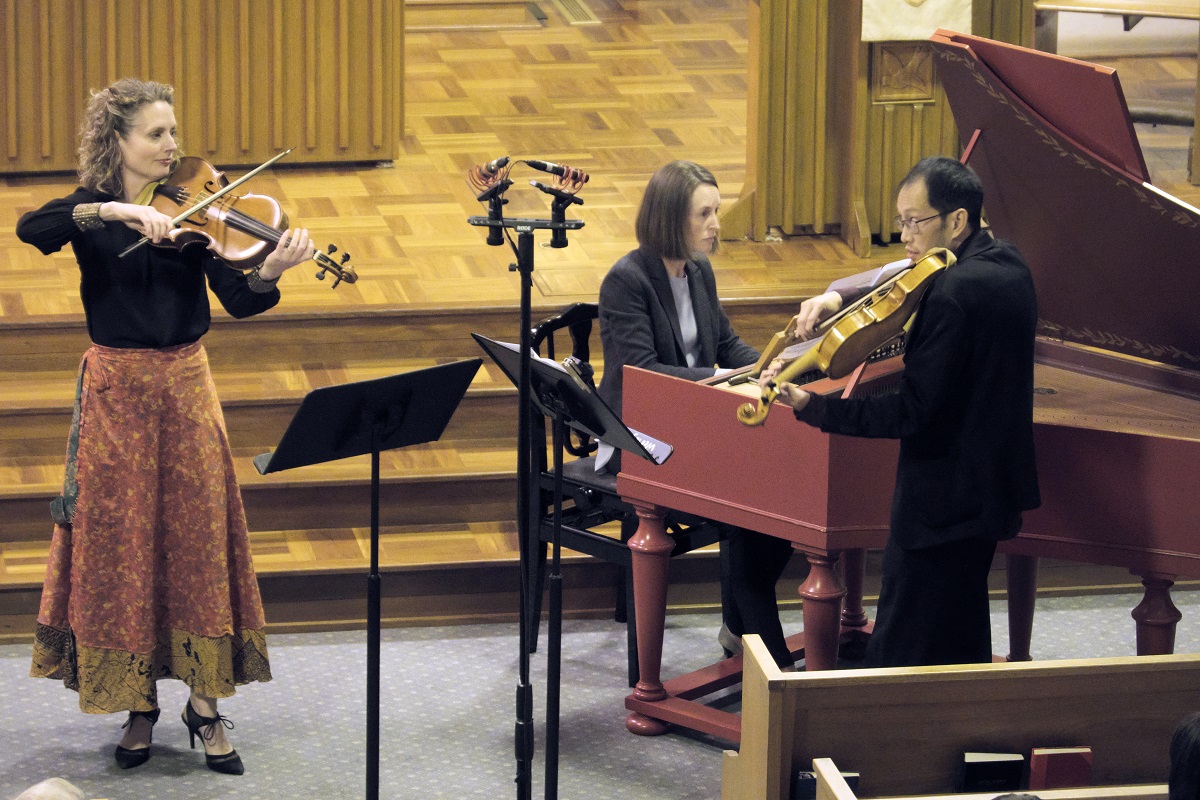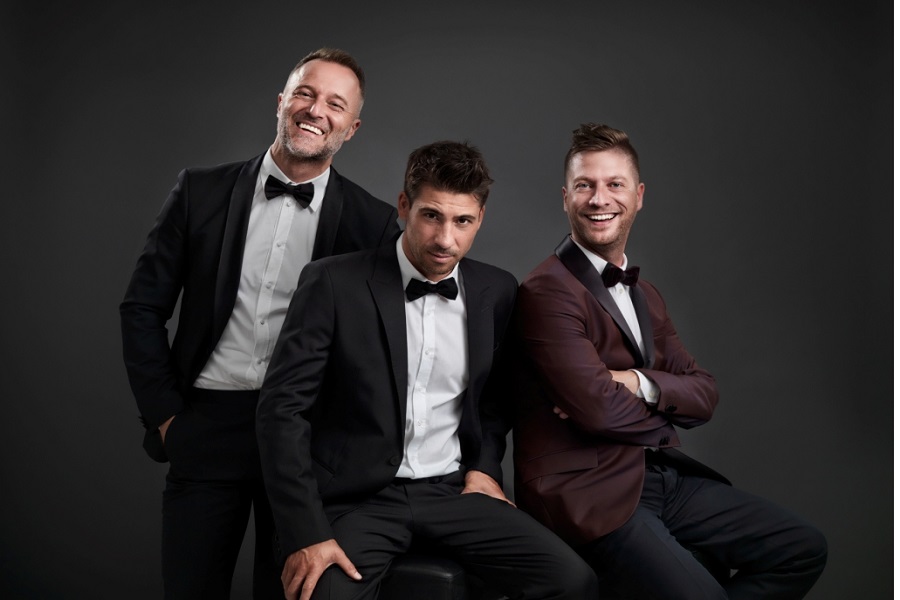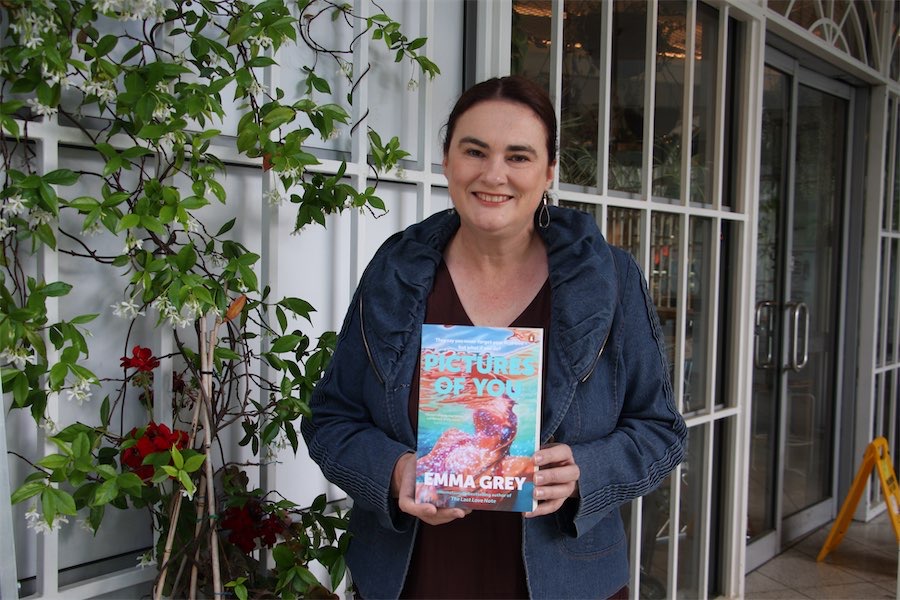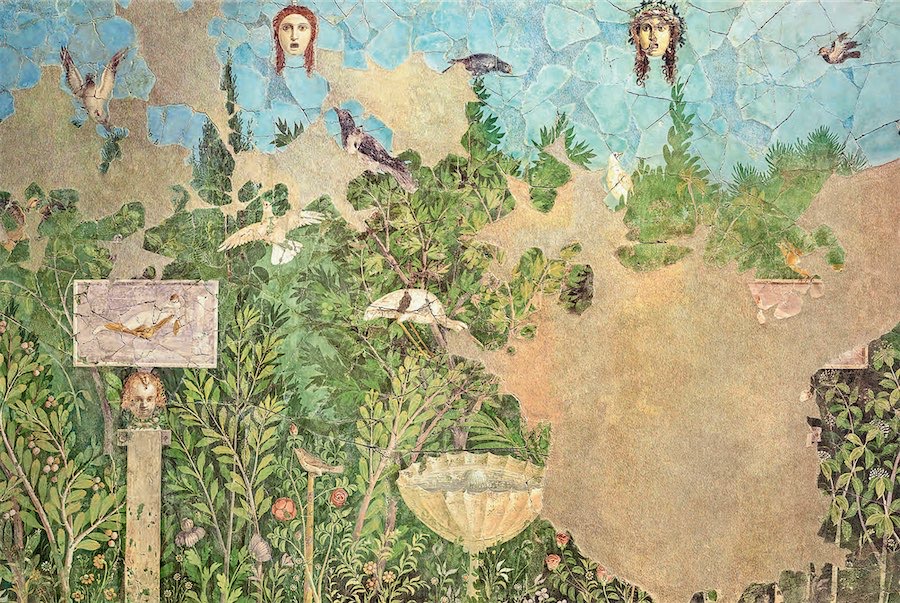
Music / “Too Many Strings”, Apeiron Baroque. At Wesley Uniting Church, June 11. Reviewed by GRAHAM McDONALD
HAVING one viola d’amore being played in a concert is noteworthy, having two being played together is a rare treat.
For those unfamiliar, the viola d’amore is a mutant small viol popular in the 18th century with up to seven strings on the fingerboard and a similar number of sympathetic strings under the fingerboard which gives an extra reverberant resonance to the sound.
Apeiron Baroque is an early music ensemble founded last year by violist John Ma and keyboard
player Marie Searles. They perform both as a duo as well as bringing in other musicians as the
performance requires. This concert was shared with violist Karina Schmitz, who has been heard
here previously with the Australian Haydn Ensemble, playing both standard viola and a viola
d’amore as well as two young Canberra viola players, Pippa Newman and Alex Monro, for a
selection of short works that used four violas.
The concert opened with a Sonata for tenor violin (viola) and continuo by 18th century English
composer William Flackton. This used two violas, played by Ma and Schmitz, with Marie Searles
accompanying on harpsichord. This was followed by a Duetto for two viola d’amore by the
Marier Searles then played three harpsichord pieces by Jean-Phillippe Rameau, the second “La
Poule” recreating a chicken coop, and finishing with a group of Menuets played with wonderful
rhythmic precision.
All four violas then came together for the next two works, both originally written for viol
consorts. The first, “Paduana Dolorosa” is an anonymous work fully of slowly shifting chords
and contrasted well with a more sprightly Allegro from “La Phenix” by another French
composer Michel Corrette. Searles returned to the keyboard for a trio written for viola
d’amore, chalumeau and continuo by German composer Christoph Graupner, a contemporary
of JS Bach.
A chalumeau is an early keyless clarinet with much the same range as a viola so Karina Schmitz played that part on viola with Ma on d’amore demonstrating the tonal differences in the instruments.
The concert finished with another work for four violas, this time a “Concerto for Four Violins” by Telemann, played, I suspect, using violin fingering on the violas to transpose the work in a lower pitch. It worked most satisfactorily as did all the other performed works in a most enjoyable concert.
Who can be trusted?
In a world of spin and confusion, there’s never been a more important time to support independent journalism in Canberra.
If you trust our work online and want to enforce the power of independent voices, I invite you to make a small contribution.
Every dollar of support is invested back into our journalism to help keep citynews.com.au strong and free.
Thank you,
Ian Meikle, editor




Leave a Reply